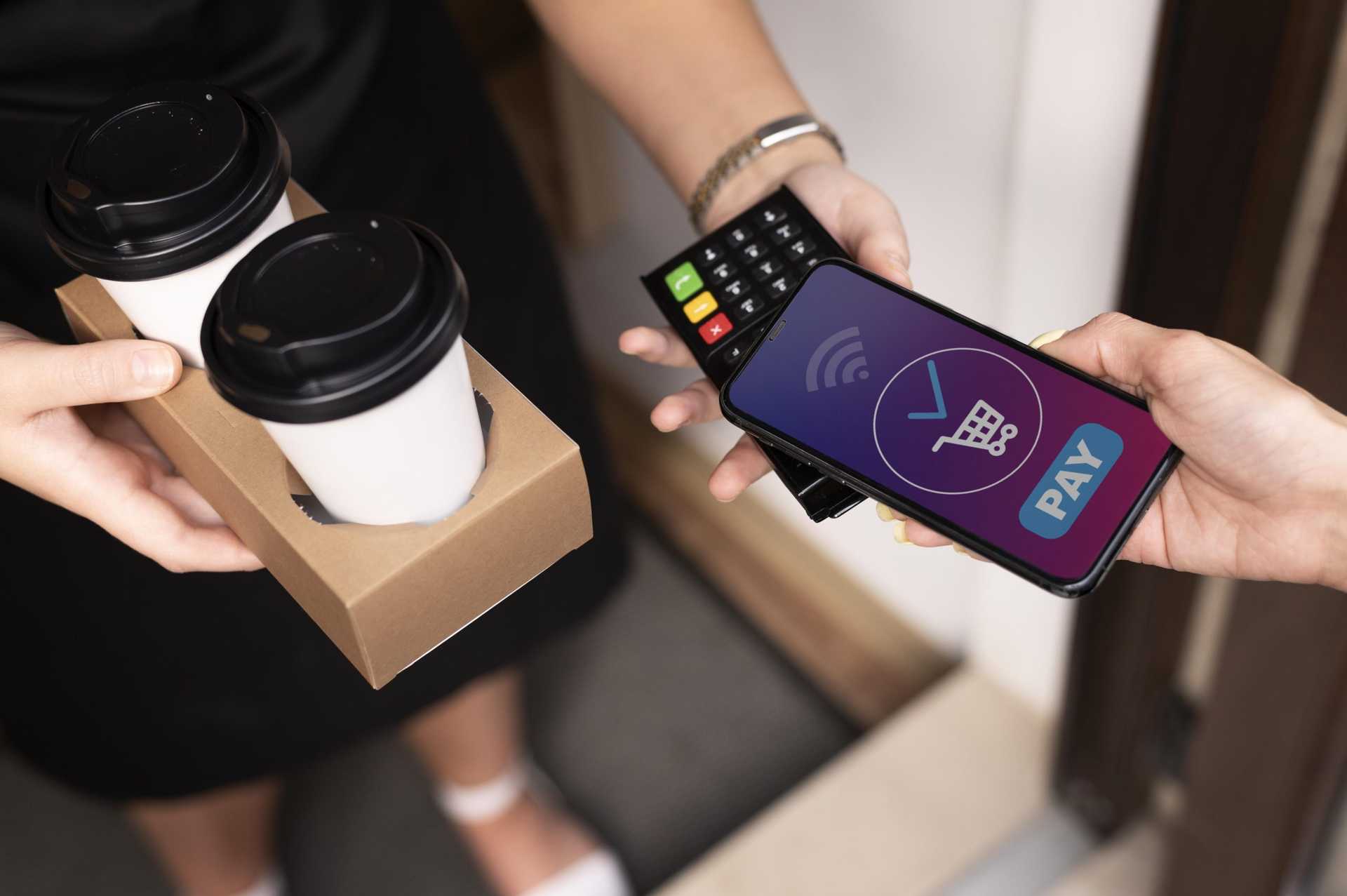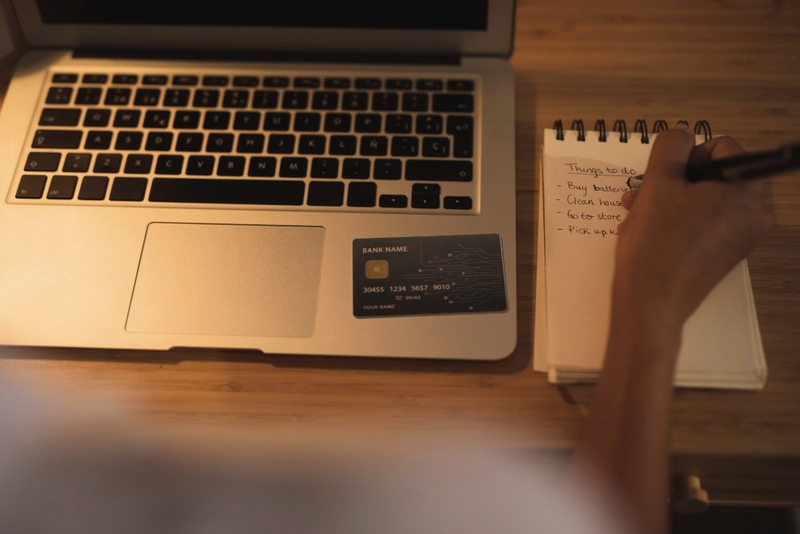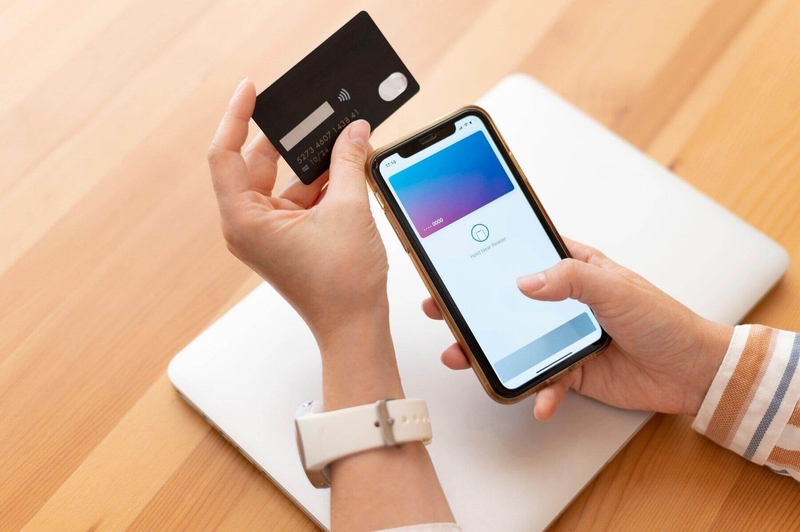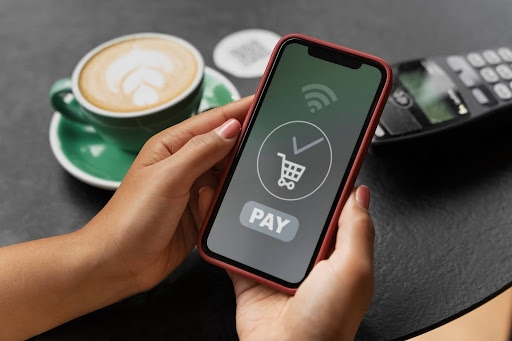

Are Mobile Payment Apps Safe?
Mobile payment apps have become a staple of modern life. Their ease of use, speed, and increasing global reach make them a go-to for both personal and business transactions. But with this convenience comes a pressing concern: are mobile payment apps safe? This guide breaks down all you need to know: how these apps work, […]
VELLIS NEWS
29 Jul 2025
By Vellis Team
Vellis Team
Automate your expense tracking with our advanced tools. Categorize your expenditures
Related Articles

Vellis News
9 October 2025
Understanding the Difference Between Open Banking and PSD2
Before we dwell upon the detailed understanding of the differences, it is important to note that open banking and PSD2 are closely connected but not the same. Open banking is the practice of sharing financial data securely through APIs, allowing third-party providers to create new services.

Vellis News
19 May 2025
What Is Patient Financing and How Does It Work?
Patient financing is a financial solution that enables individuals to spread the cost of medical care over time, making it more manageable and less immediate. By offering structured payment plans or credit-based options, it helps ease the strain of out-of-pocket expenses that might otherwise delay or prevent treatment.

Vellis News
25 August 2025
Plastic Surgery Billing Codes: Reference Guide
Billing in plastic and cosmetic surgery is one of the most complex areas in healthcare finance. From reconstructive operations covered by insurance to elective cosmetic procedures that patients pay out-of-pocket, the coding requirements vary significantly.
Mobile payment apps have become a staple of modern life. Their ease of use, speed, and increasing global reach make them a go-to for both personal and business transactions.
But with this convenience comes a pressing concern: are mobile payment apps safe?
This guide breaks down all you need to know: how these apps work, the security features they offer, the risks you should know about, and how to use them wisely.
How Mobile Payment Apps Work
At their core, mobile payment apps are digital tools that allow users to send, receive, and store money using their smartphones. There are several types:
- Peer-to-peer (P2P) payment apps like Venmo, Zelle, and Cash App
- Mobile wallets like Apple Pay and Google Pay
- E-commerce or in-app payment platforms like PayPal
- QR code-based payment systems common in many Asian markets
These apps often let users link a bank account, debit/credit card, or load funds directly into the app. Some even offer features for investment, budgeting, and rewards programs.
Functionality can differ depending on the app and your location. While Zelle may be widely used in the U.S., GCash and Maya dominate in the Philippines, and M-Pesa leads in parts of Africa.
Built-In Security Features of Mobile Payment Apps
So, what makes these apps secure or not? Reputable mobile payment providers use several layers of protection:
End-to-End Encryption
This ensures that your payment data is scrambled while being transmitted, making it unreadable to third parties even if intercepted.
Two-Factor Authentication (2FA)
Many apps require a code sent via SMS, email, or an authenticator app before logging in or completing a transaction.
Biometric Verification
Face ID, fingerprint scanning, or voice recognition can be used for added login security.
Tokenization
This substitutes your actual card details with a unique token for every transaction—so the real number is never exposed.
Alerts and Monitoring
Most apps offer real-time notifications for activity on your account. Some also include automated fraud detection and behavior monitoring systems.
Risks Associated with Mobile Payment Apps
Even with top-notch tech, no system is bulletproof. Here’s what to watch out for:
- Device Theft: If your phone falls into the wrong hands without biometric security, someone could access your accounts.
- Phishing Attacks: Fake texts or emails that look like they’re from your payment provider may ask for your login info.
- Scams & Fraud: Think spoofed QR codes at checkout counters or fake online sellers requesting P2P payments.
- Data Privacy Concerns: Some apps may share your purchase history, contact info, or location with third parties.
Remember, many risks don’t stem from the app itself but from how it’s used. Practicing good digital hygiene is crucial.
How to Use Mobile Payment Apps Safely
Here are smart ways to protect your funds and personal data:
- Use a strong, unique password; never reuse old ones
- Enable 2FA and biometric login features
- Avoid using public Wi-Fi for financial transactions
- Download only from official app stores (Apple App Store or Google Play)
- Keep your apps and phone operating system updated
- Monitor activity regularly and turn on alerts for every transaction
Also, never share payment credentials or verification codes with anyone even if they claim to be from customer service.
Comparing Mobile App Safety by Provider
Let’s take a look at how some of the top apps stack up:
| App | 2FA | Biometric Login | Bank-Level Encryption | Fraud Monitoring |
| PayPal | ✅ | ✅ | ✅ | ✅ |
| Venmo | ✅ | ✅ | ✅ | ✅ |
| Apple Pay | ✅ | ✅ | ✅ | ✅ |
| GCash | ✅ | ✅ | ✅ | ✅ |
| Cash App | ✅ | ✅ | ✅ | ✅ |
While all offer solid security basics, the level of regulation can vary. Apps backed by banks or governed by central financial authorities may offer an extra layer of oversight.
Are Mobile Payment Apps Safe for Business Use?
Yes, and increasingly so. Businesses of all sizes are adopting mobile payment apps to manage customer transactions and vendor payments. Many apps now offer business-grade tools like:
- Invoice generation and scheduling
- Multi-user access with role-based controls
- Integration with accounting software
- Cross-border payments API for international payouts
Still, businesses face elevated risks due to higher transaction volumes and exposure to fraud. Security, compliance (like GDPR or PCI-DSS), and employee training are essential.
Mobile Payments for International Transfers
You might also be wondering if mobile apps are good for sending money abroad. Some apps like PayPal, Wise, and Remitly do allow international transfers, but fees and delivery times can vary.
Keep an eye out for:
- Hidden fees in exchange rate markups
- Transfer speed (instant, same-day, or multi-day)
- Pickup options; can the recipient access funds easily?
This is where integration with physical partners and traditional systems still plays a role. For example, apps may rely on a correspondent bank network or remittance agents to make local cash available.
Mobile apps are catching up, but for more complex or large-scale transfers, especially those involving local & international financing, businesses may prefer dedicated financial platforms or wire services.
Who Regulates Mobile Payment Apps?
In most countries, mobile payment apps are either regulated directly as financial institutions or required to partner with licensed entities.
Here are some of the key regulators:
- U.S.: Consumer Financial Protection Bureau (CFPB), Federal Trade Commission (FTC)
- EU: Revised Payment Services Directive (PSD2)
- Asia-Pacific: Local central banks and monetary authorities (e.g., BSP in the Philippines)
Some apps also pursue third-party audits and security certifications, like SOC 2, to signal their commitment to user safety.
Future of Mobile Payment App Safety
Security innovations aren’t slowing down. Expect to see:
- AI-driven fraud detection that spots unusual behavior in real time
- Blockchain-based identity verification to reduce fraud
- More transparency on how your data is stored, used, and shared
And as digital payment ecosystems continue to grow, these apps will likely play a greater role in local & international financing, offering new features for both individuals and businesses.
So, back to our main question: Are mobile payment apps safe?
Yes, if you choose trusted providers, activate security features, and stay alert to scams. The apps themselves are built with powerful protections, but it’s your habits that determine how well those defenses hold up.
Whether you’re paying bills, sending a friend cash, or trying to figure out how to send money to someone without a bank account, mobile apps have made financial access more inclusive than ever before. Just use them wisely and keep that password strong.
Frequently Asked Questions (FAQs)
Are mobile payment apps safe for large transactions?
Generally yes, when using verified providers and following safety protocols.
What’s the safest mobile payment app?
Apps tied to major banks or with strong authentication systems tend to be the most secure.
Can someone steal money through a mobile payment app?
Not easily, if users secure their devices and accounts properly. Most theft happens via phishing or scams.
Do mobile payment apps share my personal data?
Some may share anonymized data with third parties. Always review the privacy policy before signing up.
Should I link a mobile payment app to my credit card or bank account?
Using a credit card may offer better fraud protection in some cases, but this depends on the app and provider.
References
Federal Trade Commission. (2023, June 1). Mobile payments. https://consumer.ftc.gov/articles/mobile-payments
Pew Research Center. (2024, March 15). Mobile payment adoption and safety concerns. https://www.pewresearch.org/internet/2024/03/15/mobile-payments-and-consumer-concerns Consumer Financial Protection Bureau. (2022, September 12). Understanding mobile payment services and how to stay safe. https://www.consumerfinance.gov/about-us/blog/staying-safe-when-using-mobile-payment-services

Ready to transform your financial management?
Sign up with Vellis today and unlock the full potential of your finances.
Related Articles

Vellis News
5 May 2025
Card-Not-Present Fraud: What it is, How it Works
In this digital-driven world, it’s hard to be vigilant as there are a variety of possible frauds present, especially in the world of finance. Card-not-present (CNP) is unfortunately a familiar aspect that may happen when someone uses stolen card details to purchase without physically having the card.

Vellis News
5 March 2025
What Are Integrated Payments?
Integrated payments streamline transactions by connecting sales, accounting, and customer management systems. This automation eliminates manual data entry, enabling real-time transaction tracking. Businesses benefit from efficient operations, mobile payment processing, and B2B transactions, leading to faster checkouts and better customer experiences. Integrated payment solutions adapt to evolving business needs, supporting various payment methods seamlessly.

Vellis News
25 March 2025
AI in Payments: How It’s Transforming the Industry
AI is reshaping payment processing by boosting security and efficiency. Here’s more about this transformative technology in the payments industry.
We use cookies to improve your experience and ensure our website functions properly. You can manage your preferences below. For more information, please refer to our Privacy Policy.
© 2025 Vellis Inc.Vellis Inc. is authorized as a Money Services Business by FINTRAC (Financial Transactions and Reports Analysis Centre of Canada) number M24204235. Vellis Inc. is a company registered in Canada, number 1000610768, headquartered at 30 Eglinton Avenue West, Mississauga, Ontario L5R3E7, Canada.

